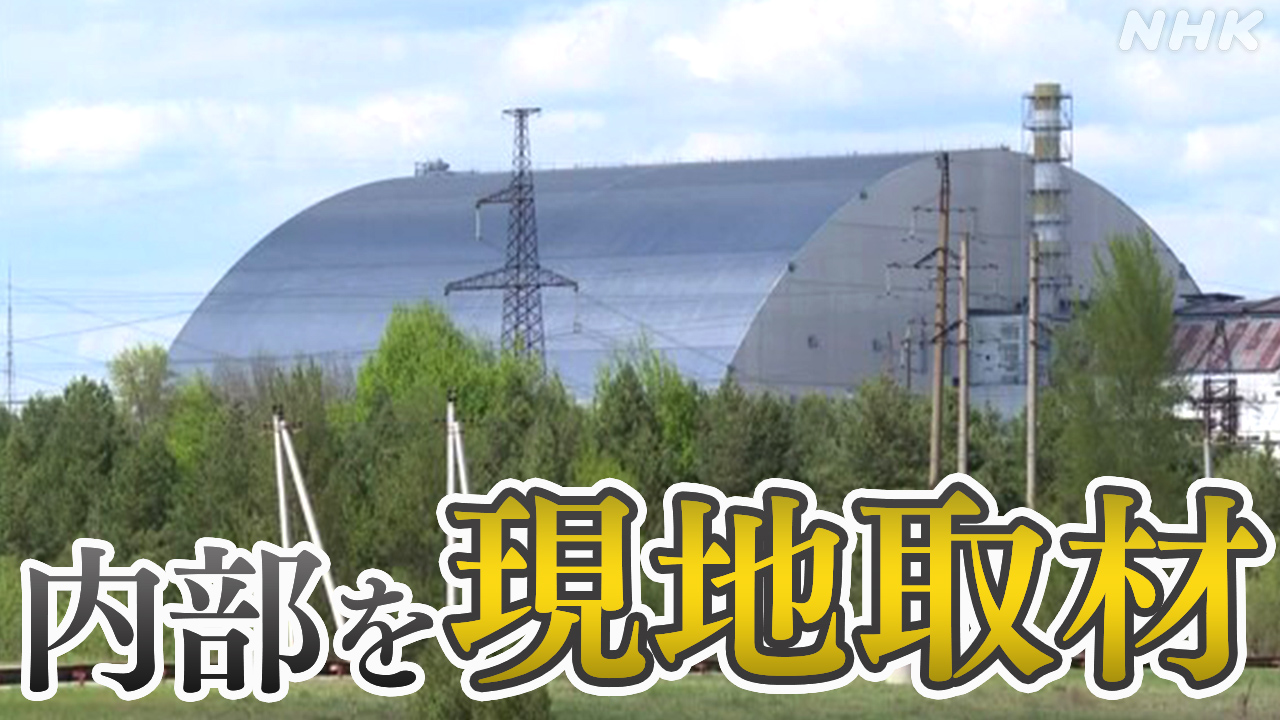Russian Attack: Chernobyl Shelter's State Revealed – A Worrying Update
The ongoing conflict in Ukraine has cast a long shadow over the world, and its impact extends far beyond the immediate battlefields. The recent Russian occupation of the Chernobyl Exclusion Zone has raised serious concerns about the safety and security of the Chernobyl Nuclear Power Plant and its surrounding areas, particularly the precarious state of the New Safe Confinement (NSC), the massive shelter built to contain the damaged reactor. This article will delve into the latest information regarding the state of the Chernobyl shelter following the Russian invasion, examining the potential consequences and the ongoing efforts to mitigate risks.
The New Safe Confinement Under Scrutiny
The New Safe Confinement, a colossal arch-shaped structure built to encapsulate the damaged Reactor 4, was a monumental feat of engineering. Its purpose is to prevent further radioactive material leakage and facilitate the eventual decommissioning of the plant. However, the recent Russian occupation has jeopardized its integrity and operational security.
Early Reports and Concerns:
- Power Outages: Early reports indicated power outages at the Chernobyl plant, raising concerns about the ability to monitor and maintain the NSC and other vital safety systems. Loss of power could compromise the cooling systems and potentially lead to increased radiation levels.
- Security Breaches: The occupation itself posed a significant security risk. The absence of Ukrainian personnel and the presence of potentially untrained Russian soldiers increased the chance of accidents or intentional damage.
- Radiation Exposure: Reports of elevated radiation levels among Ukrainian personnel forced to work under occupation underscored the precarious situation. This raised concerns about long-term health effects and the potential for wider environmental contamination.
The Aftermath: Assessing the Damage
While the full extent of the damage caused during the occupation is still being assessed, initial reports suggest some, but limited, physical damage to the NSC itself. The greater concern remains the long-term impact of operational disruptions and the potential for future incidents.
Long-Term Implications:
- Decommissioning Delays: The disruptions caused by the conflict inevitably delay the already complex and lengthy process of decommissioning the Chernobyl plant. This prolonged exposure poses a greater risk of accidental release of radioactive materials.
- Environmental Impact: The long-term environmental consequences of the occupation and the potential for further radioactive contamination require ongoing monitoring and assessment. This is crucial for understanding the impact on the surrounding ecosystems and human populations.
- International Cooperation: The incident highlights the importance of international cooperation in managing nuclear safety and security, particularly in conflict zones. International organizations like the IAEA play a crucial role in providing expertise and coordinating responses.
Looking Ahead: Recovery and Prevention
The situation in Chernobyl underscores the vulnerability of critical infrastructure during armed conflict. The international community must continue to monitor the situation closely and support Ukraine in its efforts to secure and stabilize the Chernobyl Exclusion Zone. This includes:
- Restoration of Power and Safety Systems: Ensuring the consistent operation of the power supply and safety systems at the Chernobyl plant is paramount.
- Independent Inspections: Independent international inspections are needed to fully assess the extent of the damage and ensure the ongoing safety of the NSC and the surrounding area.
- Strengthening Nuclear Security: The incident necessitates a renewed focus on strengthening nuclear security protocols and international cooperation to prevent similar incidents in the future.
The Chernobyl disaster remains a stark reminder of the long-term consequences of nuclear accidents. The impact of the recent Russian invasion adds another layer of complexity, highlighting the urgent need for sustained international attention and collaboration to ensure the long-term safety and security of the Chernobyl site. The future of Chernobyl, and its impact on the environment and future generations, remains a pressing global concern. Stay informed by following reputable news sources and organizations monitoring the situation.
